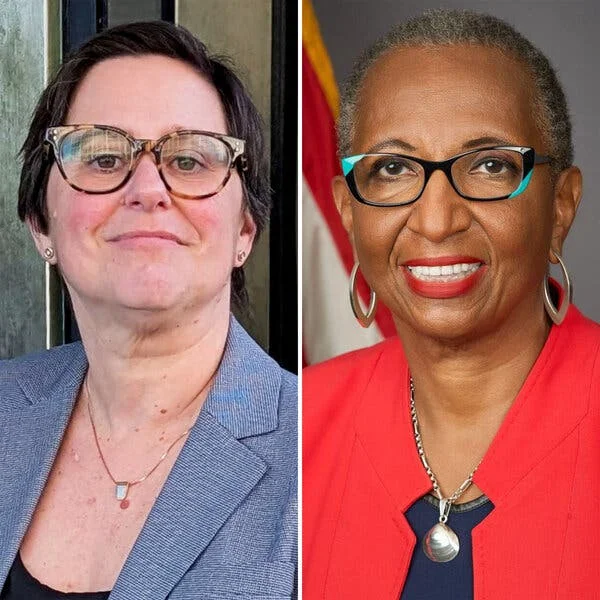
Supreme Court Temporarily Allows Trump To Remove Independent Labor Agency Leaders Amid Power Dispute
In a move that could reshape the balance of power between Congress and the presidency, Chief Justice John Roberts on Wednesday granted a temporary pause to lower court rulings, allowing President Donald Trump to remove two prominent leaders of independent labor agencies. This high-stakes legal battle probes the fundamental question of how much authority the president has over personnel decisions in supposedly independent parts of the executive branch—a conflict with profound constitutional and political ramifications.

The controversy stems from Trump’s early April firings of Gwynne Wilcox, a member of the National Labor Relations Board (NLRB), and Cathy Harris, chairwoman of the Merit Systems Protection Board (MSPB), both appointees of former President Joe Biden. Shortly after Trump returned to the White House, both women received abrupt notifications of their termination. They promptly challenged the dismissals, arguing those were unlawful under federal statutes that protect board members from removal except for specific causes like malfeasance or neglect of duty.

Lower federal courts initially sided with Wilcox and Harris, reinstating them to their roles, effectively halting Trump’s removals. However, the D.C. Circuit Court intervened with a complicated seesaw of orders, first favoring Trump, then—by a 7-4 vote led by judges appointed mostly by Democratic presidents—restoring the agency leaders again. The case reached the Supreme Court as an emergency appeal.
Chief Justice Roberts’s brief administrative stay doesn't signal a final outcome, but buys the Court crucial deliberation time before deciding whether to grant a full hearing. Lawyers for the dismissed officials must file their responses by April 15. The Trump administration has urged the Supreme Court to fast-track the matter, potentially scheduling arguments as early as May, to avoid any delay in enforcing the president’s at-will removal power.
This case raises far-reaching constitutional questions. Since a key 1935 Supreme Court precedent, Humphrey’s Executor v. United States, Congress has been presumed to have authority to shield certain independent agency members from firing absent cause, to ensure checks on presidential power. But in recent years, the Supreme Court’s conservative majority has steadily chipped away such protections, expanding the president's control over independent bodies. Solicitor General D. John Sauer argued pointedly, “The president should not be forced to delegate his executive power to agency heads who are demonstrably at odds with the administration’s policy objectives for a single day—much less months.”
The makeup of the courts also highlights political divisions: the appellate judges who supported reinstating Harris and Wilcox were all Democratic appointees, illustrating ideological contrasts over presidential authority. Notably, the agencies in question oversee labor disputes and federal employment rights, areas which have been flashpoints amid Trump’s bid to reduce the federal workforce and reshape labor policy.
While this legal clash may seem technical to outsiders, it could profoundly affect federal governance by setting new boundaries on the president’s power over agencies insulated by Congress. The Supreme Court’s eventual resolution may either reaffirm or erode longstanding safeguards for political neutrality and independent oversight inside the executive branch.
As the nation awaits the next steps, crucial questions linger: Will the Court uphold Congress’s authority to shield watchdog agencies from political interference, or will it bolster the president’s sweeping power to remake the federal bureaucracy at will? Readers, what implications do you believe this ruling might hold for the future of American checks and balances? Share your thoughts in the comments below.